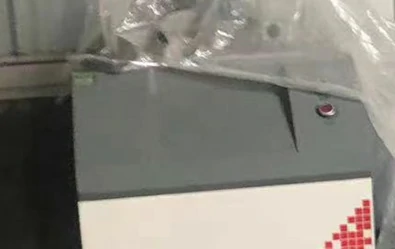loading...
- No. 9, Xingyuan South Street, Dongwaihuan Road, Zaoqiang County, Hengshui, Hebei, China
- admin@zjcomposites.com
- +86 15097380338
- Welcome to visit our website!
Advantages and Applications of FRP Floor Grating in Industrial and Commercial Settings
FRP Floor Grating A Durable Solution for Modern Construction
In the realm of modern construction and industrial applications, the choice of materials is crucial for ensuring both safety and efficiency. One such material that has gained significant traction in recent years is Fiber Reinforced Plastic (FRP) floor grating. This innovative product has become increasingly popular due to its unique combination of durability, lightweight characteristics, and corrosion resistance, making it an ideal solution for various environments.
What is FRP Floor Grating?
FRP floor grating is composed of a polymer matrix reinforced with fiberglass, resulting in a composite material that is both sturdy and lightweight. The grating is manufactured using a pultrusion process, which allows for the creation of strong profiles that can withstand heavy loads. This versatility makes FRP grating an exceptional choice for a wide range of applications, from industrial settings to commercial and residential environments.
Advantages of FRP Floor Grating
1. Corrosion Resistance One of the standout features of FRP floor grating is its outstanding resistance to corrosion. Unlike traditional metal grating, which can succumb to rust and deterioration over time, FRP grating remains unaffected by harsh chemicals, moisture, and UV radiation. This makes it particularly advantageous in environments such as chemical plants, wastewater treatment facilities, and marine applications where exposure to corrosive substances is prevalent.
2. Lightweight and Easy to Install FRP grating is significantly lighter than its metal counterparts, which makes transportation and installation more straightforward. The reduced weight not only leads to lower transportation costs but also simplifies the labor required for installation. This efficiency can result in substantial time and cost savings for construction projects.
frp floor grating

3. Enhanced Safety Safety is always a priority in any working environment. FRP floor grating often features slip-resistant surfaces, which help to reduce the risk of slips and falls, especially in wet or oily conditions. Additionally, the material does not conduct electricity, providing an added layer of safety in electrical work environments.
4. Low Maintenance Unlike other materials that require regular upkeep, FRP grating is relatively maintenance-free. Its resistance to corrosion and rot means that it can withstand the test of time with minimal intervention, allowing facility managers to focus their efforts elsewhere.
Applications of FRP Floor Grating
The versatility of FRP floor grating means it can be used in a myriad of applications. Common uses include
- Industrial Flooring Ideal for factories, processing plants, and any industrial setting where durability and chemical resistance are essential. - Walkways and Platforms Thi grating provides safe and reliable walking surfaces for workers in various facilities, from chemical storage areas to offshore platforms. - Drainage Covers The open design of FRP grating allows for smooth drainage in areas prone to water accumulation, helping to prevent hazardous conditions. - Residential Decks As more homeowners seek durable and low-maintenance materials for outdoor spaces, FRP grating is becoming a popular choice for decks and patios.
Conclusion
In conclusion, FRP floor grating represents a significant advancement in construction materials, providing a robust, lightweight, and corrosion-resistant option for a variety of applications. Its extensive benefits, including enhanced safety, low maintenance, and ease of installation, make it an attractive choice for industries looking to improve efficiency and reduce downtime. As the construction sector continues to evolve, FRP grating is likely to play an increasingly important role in building safer, more durable facilities.
-
Premium FRP Handrail for All ApplicationsNewsAug.29,2025
-
Low Maintenance FRP Mini Mesh Grating ProductsNewsAug.29,2025
-
Innovative FRP Square Tubes for Modern Industrial SolutionsNewsAug.29,2025
-
FRP Water Storage Tanks Wholesale Solutions for Bulk BuyersNewsAug.29,2025
-
FRP Molded Grating Solutions for Diverse Industrial ApplicationsNewsAug.29,2025
-
Construction Advancements Through FRP Pultruded ProfilesNewsAug.29,2025
-
Why Choose FRP Railings, Guardrails, and Handrail Systems?NewsAug.29,2025
